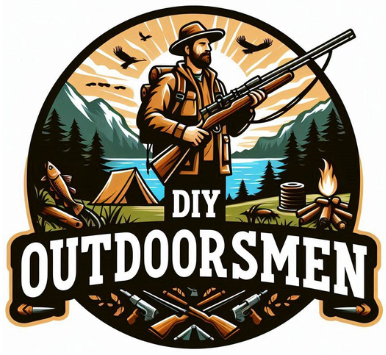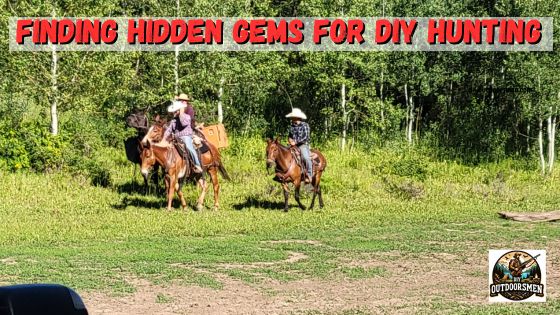Contents
Opportunities for DIY hunting adventures are getting harder to come by with limited tags, point systems, and lotteries. Combine that with more and more hunters afield, and finding that perfect hunting spot becomes even more difficult.
KEY TAKEAWAYS:
Hunting is becoming more expensive and more crowded every year. Finding those hidden gems for a DIY hunting adventure can get you away from the crowds, find animals that others overlooked, and possibly get tags that would be hard to obtain in more “popular” areas. These areas may be more physically demanding and have limited access, or have lower animal numbers so most hunters skip over them. Start with the Fish and Game Department and do some E-scouting from home with the various online tools and apps to narrow your choices before heading out for the more effective boots-on-the-ground scouting.
But, there are still places to hunt and hidden or overlooked areas that are less crowded and often easier to obtain tags. Finding these hidden gems starts with a bit of research and local insight. They are frequently steep wilderness areas that require hiking or horses, or areas with low game populations and hunter success rates.
You’ve got to tap into the wealth of knowledge held by local hunters, landowners, officials, and even old-timers who know the land like the back of their hand. Their tips can be gold when you’re sniffing out prime locations that aren’t marked on any map.
E-Scouting to Narrow Your Search
Digital mapping tools are lifesavers. Apps like Google Maps and onX Hunt let you E- scout areas from the comfort of your home. Areas that may have limited access or are more physically demanding. These areas most hunters shy away from or simply overlook in favor of the more “popular” areas.
You can scour detailed satellite images for those hidden hideaways game runs to when the hunting pressure is on. Some tools even overlay historic migration corridors, wintering areas, and game population densities. You can pick likely areas for boots-on-the-ground scouting so you can maximize your scouting time in the field.
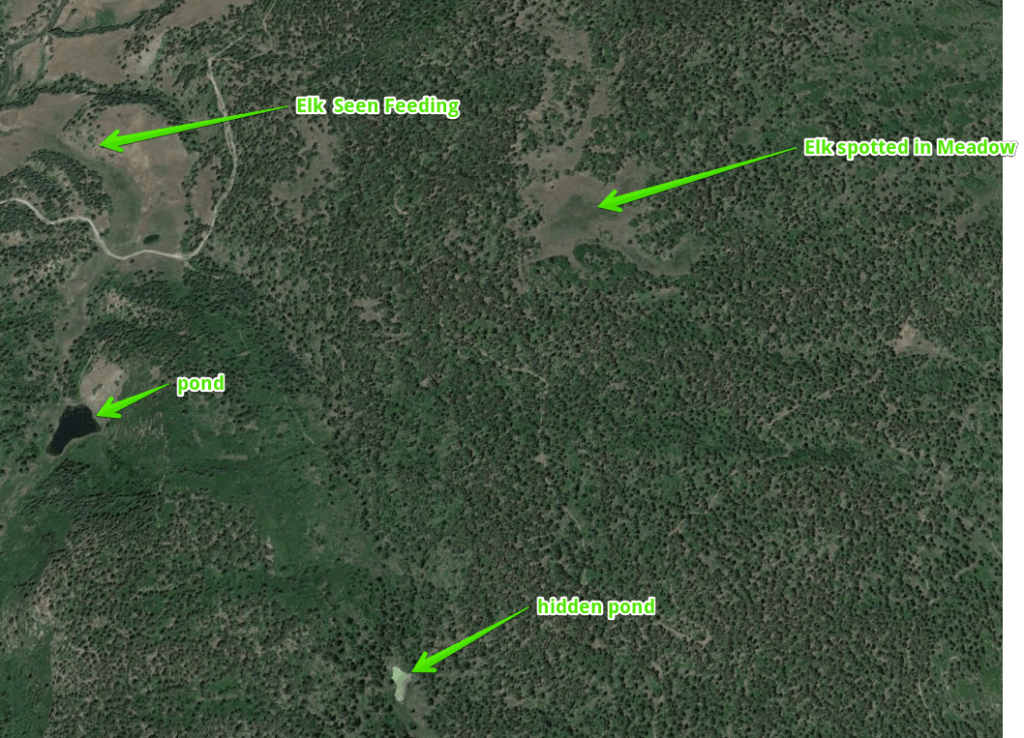
We hunted DIY in western New Mexico for 7 years in an area with very low deer numbers, that we found first by E-scouting. The low deer numbers meant the unit was not popular. This made getting tags much easier, and we harvested some wall hangers from the area by learning the area and hunting hard.
Sometimes we struck out, but on each trip, we learned more about the area and the habits of the deer that were there. By using the latest E-scouting tools and technologies, we were able to spot terrain features, water sources, and potential food sources.
Then we made an off-season scouting trip to the area and got a ground-level look at the features we spotted on the apps, and mark them on our GPS or onX phone app. You want to look for locations that offer shelter, food, and water for wildlife – think dense woods, natural clearings, and water bodies. These areas are magnets for game.
Of course, understanding the game you’re after is key. Different animals have different habits. Know their seasonal movements and preferred habitats. For instance, deer might be more active in forest edges during early mornings and late evenings, while elk like to graze open meadows.
Nothing Beats Boots on the Ground Scouting
Nothing beats getting out there for some firsthand exploration. Boots on the ground give you an unfiltered view of the area. Take note of game trails, tracks, scat, water sources, feeding areas, and bedding areas. These signs tell you the presence and activity of game. Early morning or late afternoon scouting trips will put you in the woods when the animals are most active.
Take notes, update your maps, and prepare for your actual hunting trip. The time you spend now will pay off when you’re out in the field for real. Plus, it’s a great excuse to be outdoors and sharpen your skills. This is all part of the hunt process so enjoy it and learn to master finding opportunities others miss.
Securing Access to Private Lands for DIY Hunting Adventures
If you’ve hunted long, you have no doubt experienced the disappointment of watching your quarry just out of reach on private property. When the shooting starts, animals head for the safety of very difficult terrain or private property where they feel safe.
There are opportunities to hunt these private lands by securing permission from the landowners. Now, some owners may allow you to hunt but charge you a trespass fee. Others may not allow hunting at all. And, on rare occasions, you can find landowners who will give you permission just for being courteous and asking.
Getting permission to hunt on private land can seem tricky, but it’s all about building good relationships. Approach landowners respectfully and be upfront about your intentions. A good first impression matters. Dress decently and choose a time when the landowner isn’t busy.
Listening to landowners’ concerns and understanding their conditions is key. They might have specific rules about where you can hunt, restrictions on vehicle access, or particular dates you’re allowed on their property. Show that you respect their land and rules.
When negotiating access, honesty is the best policy. If you say you’ll only hunt for a weekend, stick to that. Over-promising and under-delivering could shut doors for future opportunities. Offering to help with chores or getting involved with habitat improvements can sweeten the deal.
Being courteous is huge. A thank-you note or a small gift goes a long way in creating goodwill. It shows gratitude and respect, which might even get you a standing invite for next season. Always make sure to leave the land just as you found it – or better.
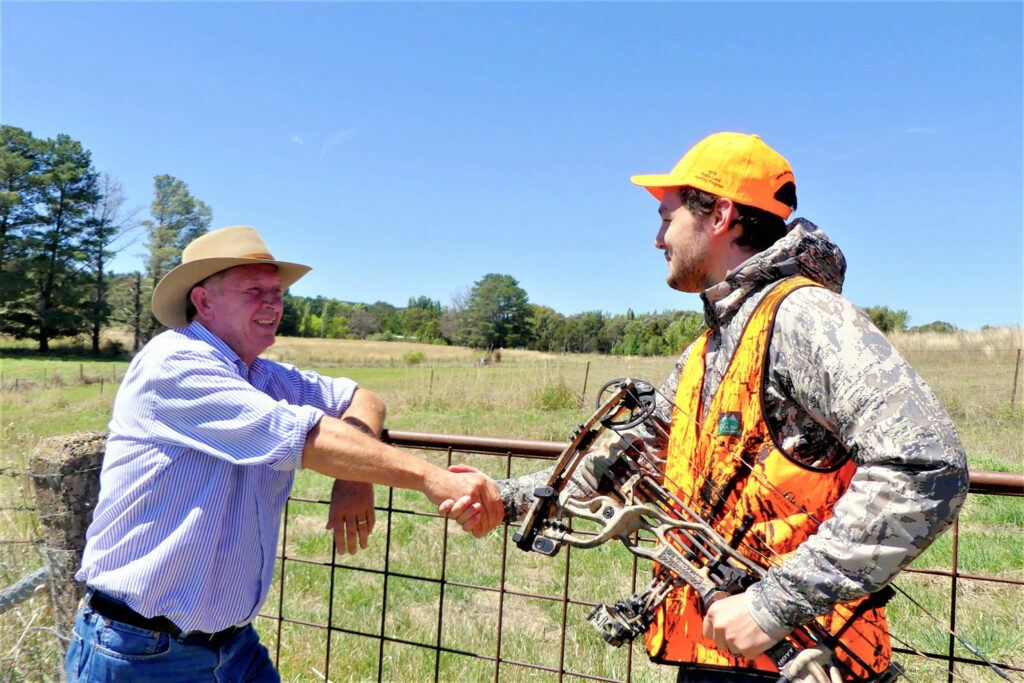
Being consistent in your behavior and keeping promises establishes trust. When landowners see you as trustworthy, they’re more likely to grant you access and may even refer you to other landowners. Consistency builds a good reputation, opening more doors.
If they charge a trespass fee, you will need to consider your budget and if their property is worth the extra expense. I’ve done it in the past and it is nice to not have to compete with all of the public land hunters. And, even better, they tend to drive the animals out of public land to you on private land.
Hunting is getting to be an expensive sport sadly, and public land is getting more and more crowded. Finding those overlooked hotspots on public or private lands is becoming more difficult but all the more important for your DIY Hunting Adventures and your bank account.
Tips and Techniques for Finding Your Next DIY Hunting Adventure
When planning a DIY Hunt, your first step is to check out the Fish and Wildlife Department for the state you are considering for your hunting adventure. They will have all the information on rules, regulations, tag numbers, and season dates.
Many departments have additional resources such as mapping tools, hunt planners, harvest reports, and population estimates. And, in many cases, you can talk to the actual wildlife biologists for the areas you are interested in.

You want to look for hard-to-access areas that become wildlife sanctuaries during the season. Or, areas with lower animal numbers that most hunters overlook. Trust me, if there are tags available for an area, there are animals there. You may have to work hard to find them but they are there. I have a 187″ Mule Deer that I harvested in just such an area.
Once you’ve narrowed down your choices by E-scouting, it’s time to plan a scouting trip to the area. Boots on the ground is by far the best method for evaluating an area as a potential DIY hunting destination.
When exploring new land, a systematic approach keeps you from getting overwhelmed. Break the area into smaller sections and scout each thoroughly. Use maps and GPS to mark locations of interest, sightings, and signs of wildlife. This methodical scouting ensures thorough coverage and better insights
Remote sensing tech, like trail cameras, can help you maximize your time and coverage. These devices work 24/7, giving you eyes in the wild when you can’t be there. Set them up near game trails, water sources, or feeding spots to monitor wildlife activity. The data collected helps you adjust your hunting strategies based on actual patterns.
As you’re scouting, keep your eyes open for tracks, droppings, rubs, and scrapes to help you get a better picture of the animals frequenting the area. Learn to differentiate between various types of tracks and what they indicate about the size and types of game in the area. This knowledge can narrow your focus to the most promising spots.
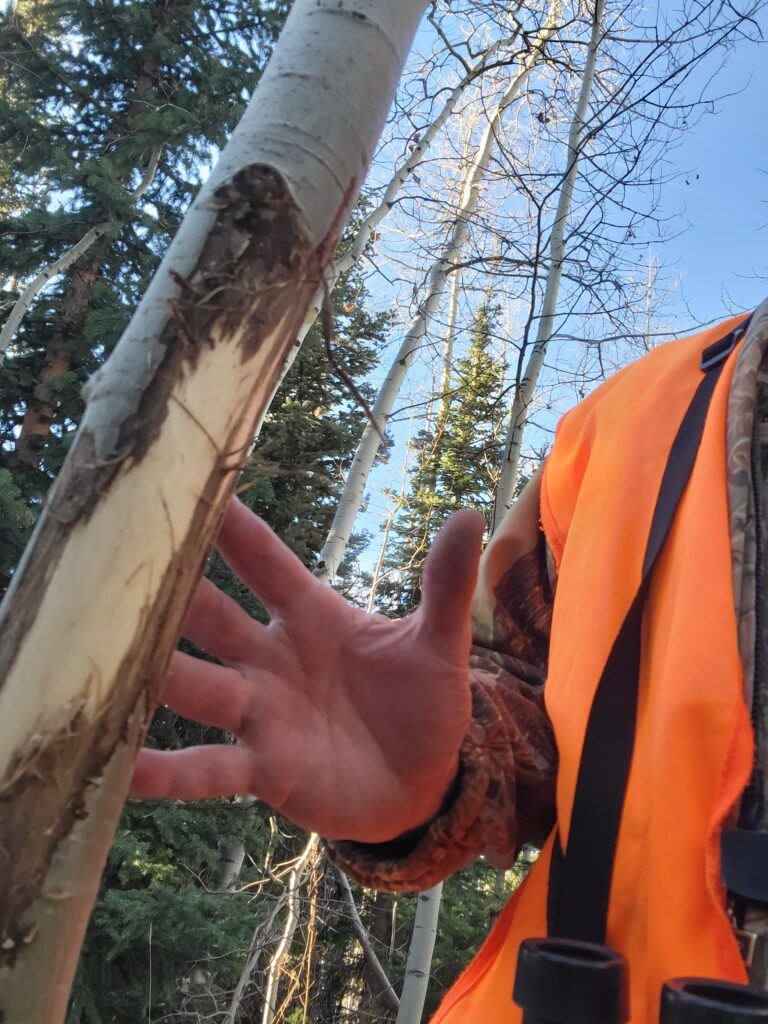
Use GPS technology and Hunting Apps to mark what you find and keep notes for reference. Drop waypoints on your maps so you can navigate back to those spots when your hunt starts. Discovering hidden gems for DIY hunting adventures involves a mix of planning and spontaneity.
Because, while it’s great to have a plan, you need to remain flexible. Sometimes, the best spots are found off your planned route. Trust your instincts when something looks promising and take the time to check it out. And, have fun, this is all part of the hunt planning process enjoy it and the time spent outdoors.
Proper planning and thorough reconnaissance make hunting more productive. Just be aware, that too much disruption can scare off game, but too little exploration means missed opportunities. Find the sweet spot where you gather enough intel without making wildlife wary.
Essential Tools and Resources for Locating Hidden Hotspots
To summarize, these are some of the essential and time-saving tools for locating your next hidden Gem for a DIY hunting adventure:
Tools for E-Scouting
- Computer – Online maps, apps, and tools for E-scouting new areas from the comfort of your own home.
- Smart Phone – Hunting Apps for your phone allow you to have maps, GPS, communications, and a camera all in one lightweight device.
- Fish and Game Department Website – Access to department biologists, tools, data, and hunting rules, regulations, and tag numbers.
- Google Earth – Detailed satellite imagery for the entire world is available for free on your phone or computer.
- Hunting App or GPS – Apps for your smartphone, like onX Hunt or GoHunt, give you mapping tools, land ownership information, and GPS tracking functions all in the palm of your hand.
Tools for Boots on the Ground Scouting
- Smart Phone with Hunting App and Camera – Combine three tools in one with your smartphone and one of the available hunting apps. Mark what you find and drop waypoints so you can find them again.
- Binoculars – Quality optics can help you find distant features and locate animals that you might miss with your naked eye.
- Spotting scope – Cover many miles of territory from one vantage point with a good high-power spotting scope, and save your feet.
- Maps – A good detailed paper map, yes they still make them, of the area is always good to have as a backup in case technology fails.
- Comfortable hiking boots – You’ll be doing lots of hiking so find a good, supportive, and comfortable pair of hiking boots or shoes. Your feet will thank you.
Final Thoughts on Finding Your Next DIY Hunting Adventure
Remember, when you are in the field scouting new and unfamiliar country, proper clothing is crucial. Dress in layers to adapt to changing weather. Camo patterns suited to the environment help you blend in, while high-quality boots keep your feet comfortable during long treks. Don’t forget rain gear, gloves, and a hat to stay dry and warm.
Navigation tools are your lifeline. A rugged GPS device, a hunting app for your smartphone, or a good old-fashioned map and compass ensure you won’t get lost. Apps and digital maps are great, but batteries die and signals fail, so always have a backup.
You may find yourself in rugged and remote areas so safety gear shouldn’t be overlooked. Carry a first aid kit tailored for hunting incidents, a reliable flashlight, and a fire starter. Inform someone about your plans and expected return time. A personal locator beacon can be a lifesaver if you venture far off-grid.
Keep in mind that continuous learning and skill development will keep you sharp and increase your chances of success both in scouting and hunting. Books, online courses, and local hunting forums offer valuable tips and tactics. Connect with hunting communities for shared knowledge and intel.
And, remember that public perception of hunting can be influenced by individual actions. Being respectful, responsible, and ethical helps promote a positive image of hunting. Share your knowledge and passion responsibly to foster understanding and respect for the tradition. Being a conscientious hunter not only enriches your experience but also supports the broader hunting community.
As always, stay safe, enjoy the journey and please try to leave it cleaner than you found it. If you have any comments, questions, ideas, or suggestions please leave them in the comment section below and I’ll get back to you ASAP. You can follow us on YouTube: Man Art Creations for videos of our DIY Adventures.
Check out These Articles on DIY Hunting
- Complete Guide On Tracking Game Animals
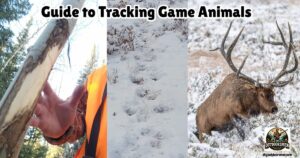
- DIY 4-Step Guide To Field Dressing And Quartering A Deer
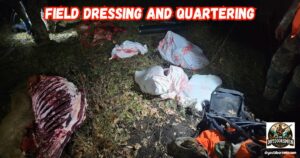
- Night Vision Binoculars For Nocturnal Hunting
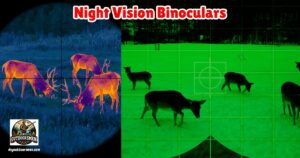
P.S. – Thanks so much for checking out our blog we really appreciate it. Just so you know, we may receive a commission if you click on some of the links that appear on our site. This helps us keep our content free and up-to-date for everyone. We appreciate your support!
